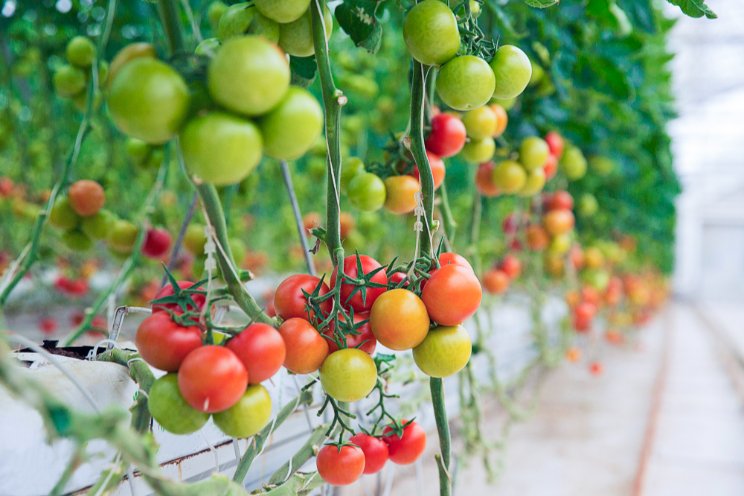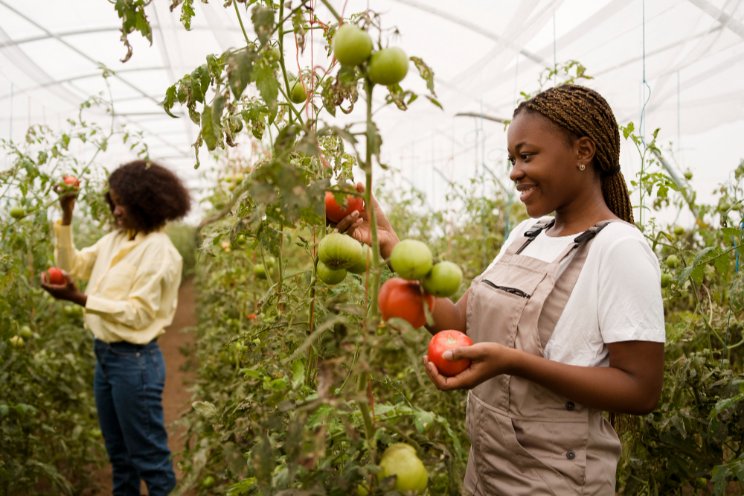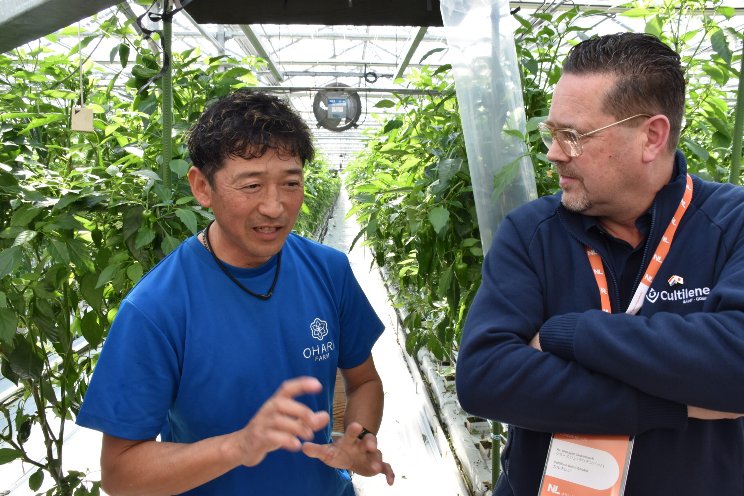Rising energy costs could be the end for vertical farms
Added on 08 November 2022

Vertical farms use a combination of sensors, HVACs, and lighting systems to maintain a controlled environment. Source: IDTechEx –“Vertical Farming 2022-2032”
So What Can Be Done?
Over the short term, there is an immediate need for vertical farms to decouple themselves from the price of gas. This could be achieved through increased reliance on renewable energy sources, such as through greater integration of photovoltaics, which may be possible through direct connections to solar farms. Alternatively, local biomass boilers could potentially alleviate energy costs by making use of waste wood generated from manufacturing or maintenance. Increasing the use of renewable energy may require significant capital investment but would provide greater cost efficiencies over the longer term.
Photo by Petr Magera on Unsplash
More news















